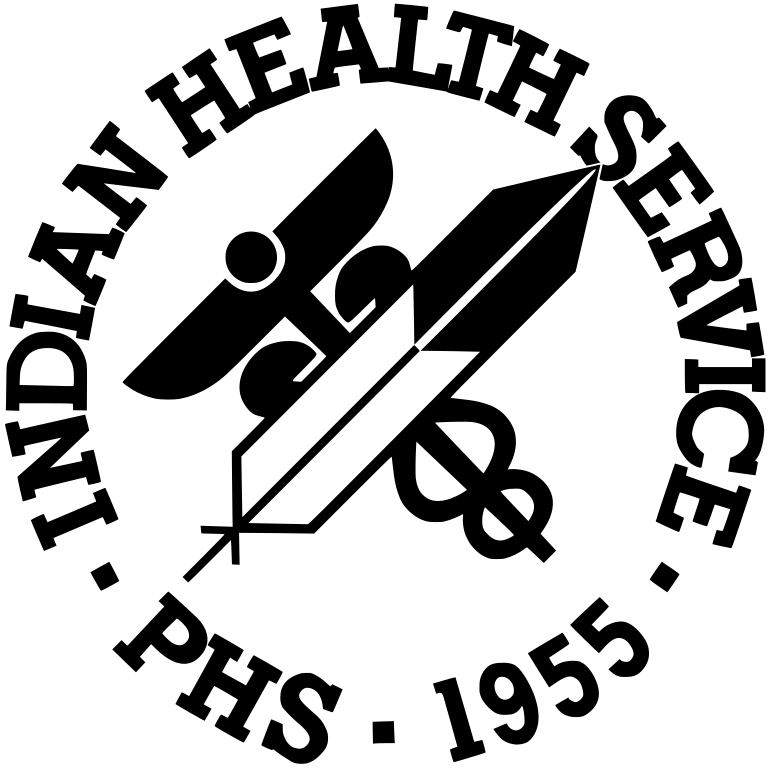Albuquerque Area
Eight Northern Indian Pueblos Council, Inc.
The Eight Northern Indian Pueblos Council. Inc., PeaceKeepers Domestic Violence Program will address prevention initiatives in the following: domestic violence, sexual assault, power and control, conflict resolution, support and resources available to victims and their families. The Community Prevention Coordinator will establish a Coordinated Community Response Committee to foster coalitions and networks to improve coordination and collaboration among victim service providers, health care providers, and other responders; improved organizations practice to improve services for individuals seeking services for domestic and sexual violence; plan domestic and sexual violence prevention/awareness events; Power & Control and Conflict Resolution; and provide support and resources to victims and their families. Throughout the grant period the Community Prevention Coordinator will work with the Coordinated Community Response Committee to expand crisis intervention, counseling, advocacy, behavioral health, and case management services to victims of domestic and sexual violence in the communities. ENIPC, Inc. PeaceKeepers Community Prevention Coordinator will provide outreach to each of the eight northern pueblos and surrounding communities to provide awareness on domestic and sexual violence intervention and prevention.
Five Sandoval Indian Pueblos, Inc.
Five Sandoval’s program will address how to decrease the number of domestic and sexual violence victims and perpetrators. Project activities will include educating tribal communities about domestic and sexual violence, training professional staff of partner organizations, and creating a coordinated community response team to address domestic addressed and sexual violence prevention. In addition, comprehensive prevention strategies will be implemented to address factors influencing domestic and sexual violence behaviors at each of the following levels: individual, relationship, and community. Training will be provided to behavioral health staff on cultural appropriateness, trauma informed care, and evidence-based models including the Duluth Model and Risking Connections.
Santa Clara Pueblo
The Santa Clara Pueblo DVPI program, located within the New Mexico Department of Youth and Learning (DYL), provides domestic violence prevention services to youth at the local and state levels. In collaboration with tribal leaders and other service providers, the project will provide domestic violence services that include access to care, outreach, and community member education to address social issues including intimate partner violence. The partnership gives tribal leaders a first-hand look at the effects of domestic violence in their community by letting them accompany staff at community events and school focus group meetings on domestic violence, teen dating violence, bullying, and cyberbullying.
The Ramah Navajo School Board, Inc. project will use evidence based models to expand and improve their existing domestic violence program. The Sidran Institute’s Risking Connection Online trauma-specific intervention trainings will be used to train staff and community about trauma informed care; Mental Health is first Aid model will be utilized to educate community about mental health and its effects on domestic violence; Duluth Model Intervention Curriculum of Coordinated Community Response will be used to create and improve their Domestic Task Force. Their goal is to provide evidence-based training on domestic violence to key personnel in order to eliminate domestic violence within the community.
Ute Mountain Ute Tribe
The Ute Mountain Ute Tribe’s goal is to provide all staff with training on Trauma Informed Care knowing that the majority of the Tribal community has experienced and continues to experience trauma in their lives. They are committed to increasing their knowledge of best practices in the prevention of domestic violence and sexual assault by implementing projects focused on: 1) increasing Tribal knowledge and incorporating youth into their scope with increased education and activities focused on their needs; 2) increase therapeutic/mental health services and availability; 3) improve collaboration within the tribe and with surrounding communities; 4) increase communication to provide a more complete service plan; 5) increase their community presence by increasing education and outreach; and 6) improve data collection to gain a better understanding of where their gaps are.


